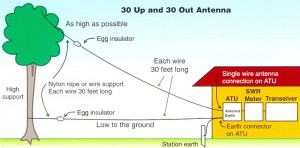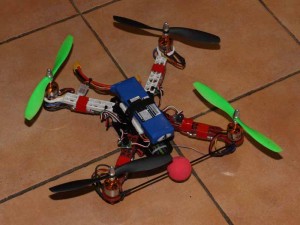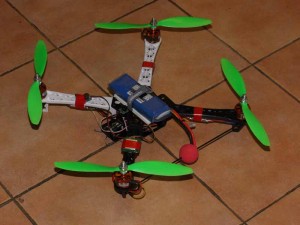The 1245SF props arrived and replacement HK922 servo, both were fitted.
The tricopter is very hard to fly with 1245SF despite lots of time tuning pitch and roll, and level PID parameters. It appears that the propellers are just too much and that control loop stability is hard to achieve at lower motor speed.
So, the 1145 propellers were refitted and fine tuning of the saved PID parameters commenced.
The replacement servo works fine, stable stand alone with and without load, and mechanically smooth through its entire range (no sign of any stiff spots in the gears as in the previous one).
The project is coming to an end, the tail mechanism is an obvious vulnerability in this implementation though it seems to work quite well… more in the final report.






